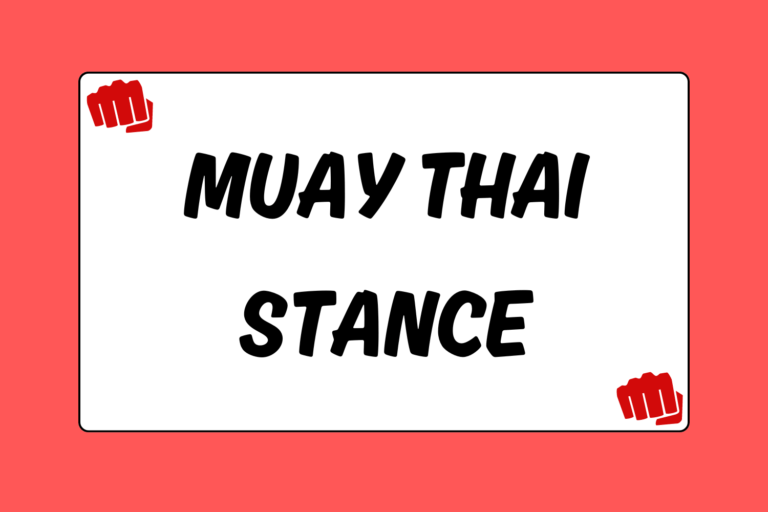When wrestling, the head, hands and arms, and hips can be considered the three “lines” of defense in the neutral position. Each line of defense will be discussed in this guide, focusing on basic strategy and the philosophy behind each line of defense. All of this will be detailed from a wrestling standpoint, giving you pure wrestling strategies that can be used effectively for MMA. Keep reading to learn these critical wrestling basics.
Hands & Arms
Your hands and arms are your first line of defense in the neutral position. Using your hands to control an opponent by tying him up or pushing him away is extremely critical to success at all levels of fighting. Also, using your forearms and elbows helps a great deal when defending leg attacks and other techniques.
The most important aspect of using your hands defensively is hand fighting. Aggressive hand fighting will not only to help you control your opponent defensively, but will also generate an offense at the same time. Hand fighting is frequently used to set up attacks in all styles of grappling, and knowing how to hand fight properly will help you control your opponent and get your offense going.
Much of hand fighting is improvised, and strategies and techniques depend on each particular fighter’s style. However, there are some key points that all new fighters should know:
Key Points on Hand Fighting
- Be aggressive: The more offensive pressure you put on your opponent, the more he will react defensively. Limit the time you spend on defense. Make your opponent react to you and keep him on the defensive.
- One is good, two is better: Controlling at least one of your opponent’s hands will greatly limit the amount and type of attacks possible. Controlling both of your opponent’s hands means a free range of offensive opportunities for you.
- Don’t stand still: Make sure you are constantly in motion as you hand fight, moving both your body and your feet. As the saying goes, “a moving target is harder to hit.”
- Elbows in: It is important to keep your elbows inwards as you hand fight. Leaving your elbows out with not only leave your body open to attacks, but will also limit your strength as you hand fight.
- Move your hands: Constant motion with your hands is critical to hand fighting successfully. Not only do you want to fight your opponent’s hands directly, you want to constantly tie up your opponent’s arms and snap his head at the same time. If your hands have little motion it will be easy for your opponent to take control of them. Keeping them in motion will also keep him guessing.
Hot Tip: Roll, Don’t Pull
New fighters have a tendency to pull away from their opponent’s grip during a hand fight. When your opponent has control of your wrist, roll your hand outward towards his wrist instead of pulling away. As you do this, you will put pressure against his thumb, opening up the grip enough so that you can either gain control of your opponent’s wrist or simply pull away from your opponent’s control. This will also allow you to react well defensively, as you can still use your hands to control your opponent if he tries to attack while you are rolling the wrist.
Head
The position of your head is crucial on defense in the neutral position. You may be able to defend against an opponent using your hands, but if he can control your head, your efforts will be wasted. Your head can be used to block an opponent when tying up, and is critical to succeeding at higher levels of fighting. Here are a few basic points about head positioning that you should know:
Key Points on Head Position
- Temple to temple: As you’re working to tie up your opponent, stay temple-to-temple, or forehead-to-forehead. This will allow the greatest array of offensive attacks. It’s okay defensively to tie up and stay ear-to-ear, but there aren’t as many offensive opportunities there. Know when to use each.
- Post: When in close and working for some sort of tie, post your head against your opponent’s. The best type of head position is when you can get an angle on your opponent and post your head against the neck or side of your opponent’s head.
- Head up: Keeping your head up and in good position will help to keep you in good position to react defensively. Don’t let your opponent snap your head down or control it. Likewise, you should be doing whatever you can to control your opponent’s head. Constantly working the head will wear your opponent down, take away his visibility of you, and also help you set up offensive attacks.
- Roll it under: If your opponent gains head position over you in a tie by posting on the side of your head, simply roll your head under his chin. Instead of fighting against the pressure of your opponent’s head, take the path of least resistance and roll your head underneath his chin, and pressure back into his jaw or the side of his head. This is very uncomfortable for your opponent.
Hips
Your hips are your biggest help on defense, literally. If your opponent makes it past your hands and head, you have to rely on the power and flexibility of your hips to defend against your opponent. Keeping your hips back in your stance is the first way to ensure a solid defense.
The most important use of the hips defensively is when sprawling. Knowing how to sprawl properly, and how to pressure into your opponent with your hips, is necessary for success at higher levels of fighting. Here are a few key points on the sprawl:
Key Points on the Sprawl
- Pop your hips: When sprawling, give your opponent an initial “pop” or bump with your hips. Most new fighters tend to jump back when sprawling. In actuality, you must meet the force of your opponent’s shot in order to defend successfully. Popping your hips will help you stop the initial takedown until you can defend some other way.
- Square up: After you have sprawled back and your opponent is underneath you, square up by using both of your hips to pressure in to your opponent. This will make the weight of your body feel “heavier.”
- Laces down: Your hips should be down with all of your weight on your opponent, and the soles of your shoes should not be touching the mat. In fact, you should try to have your toes pointed while keeping the laces of your shoes to the mat. Keep your legs wide as your sprawl.
- Control the head: Controlling your opponents head in the sprawl is critical. If you control your opponent’s head you will control the rest of his body. If you allow him to keep his head up and in good position, chances are you will lose the takedown battle. If you can, stuff your opponent’s head and square your hips over his neck/head to help control him.
Winning with the Basics
Any experienced mixed martial artist will tell you that the basics win fights. It is typically the more subtle changes of positioning and the control of all three lines of defense (and not flashy maneuvers) that win fights against the toughest grapplers. Work these fundamental tips into your practice routine to take your fighting to the next level.
Lastly, make sure to master each line of defense, understanding how to use each for both defensive and offensive purposes. Stay aggressive, and control your opponent and the match by turning your defense into offense. Good luck!





